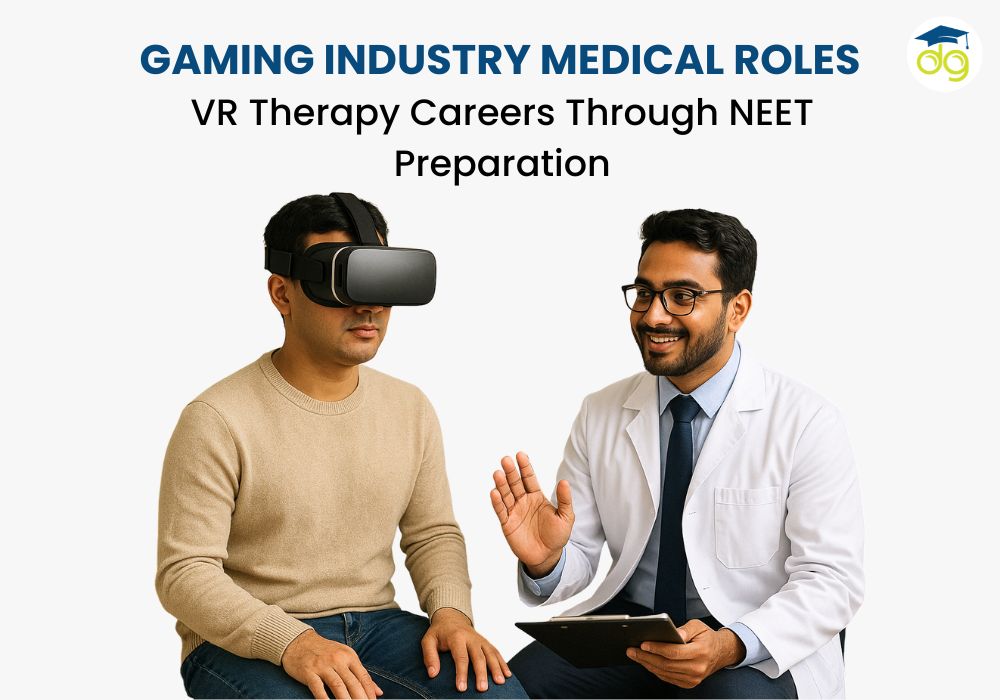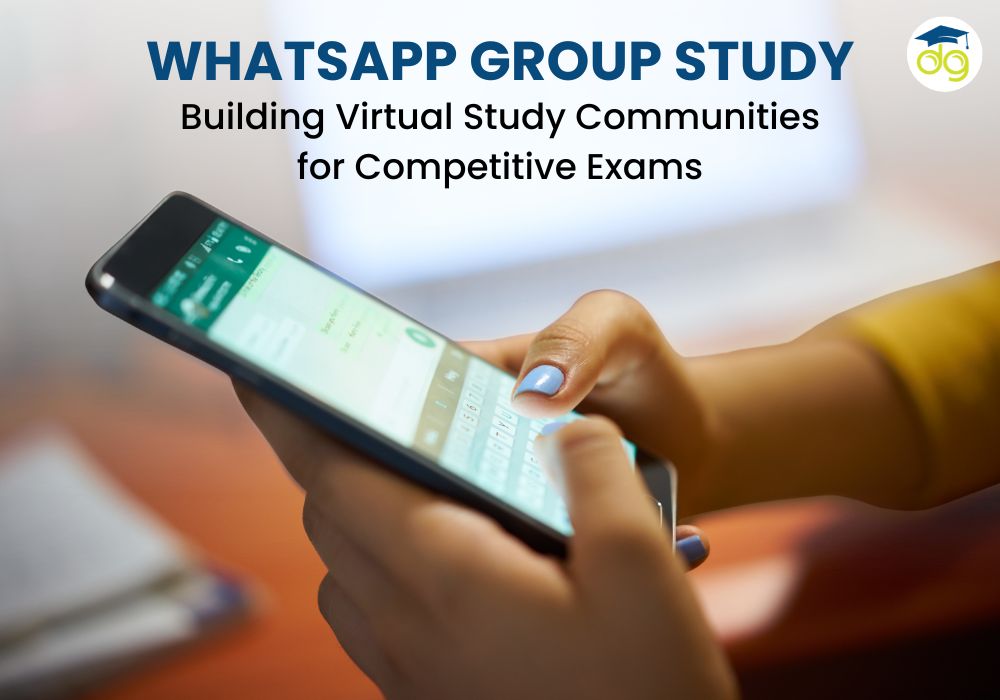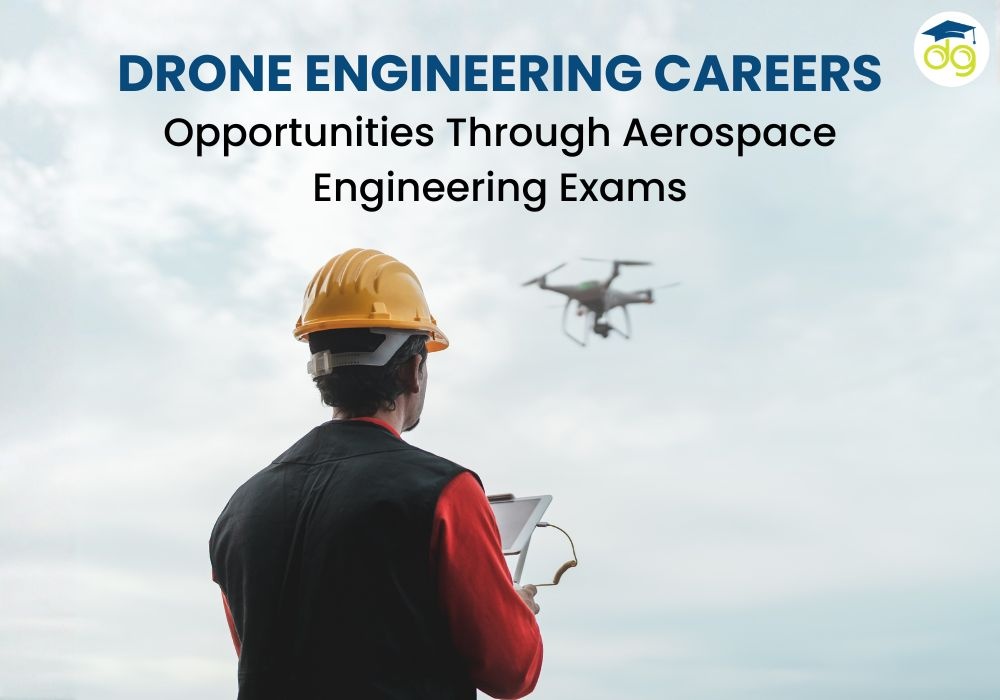Mirror Neurons and Group Study: The Psychology Behind Collaborative Learning
How Mirror Neurons Shape Group Study and Peer Learning in Classrooms
When students sit together in a brainstorming session, problem-solving, or teaching each other lessons, something amazing is happening in their brains. It's not merely information being passed along; it's neural empathy at work. Behind it lies one of the most fascinating discoveries of neuroscience: mirror neurons.
These brain cells, or the "learning reflectors" of the brain, fire both collectively when we act and when we observe someone else acting. This neuro-mirroring is the scientific foundation of collaborative learning, a pedagogy where students learn more with and from others.
In Skoodos Bridge, where students are gathered with the finest coaching and training infrastructure, cooperative learning is at the forefront of the newer instructional practices. In peer-study groups, teacher groups, or role-plays, understanding the mirror neurons' functioning can revolutionize the way teachers impart knowledge and students learn.
Understanding Mirror Neurons: The Science of Shared Learning
Mirror neurons were originally found by neuroscientists from the University of Parma in the 1990s. They discovered that certain of the monkey's brain cells fired not only when it was undertaking an activity but even when it was observing someone else doing exactly the same activity.
In humans, they have been found in the premotor cortex and inferior parietal lobule, areas that are responsible for imitation, empathy, and observational learning.
How Mirror Neurons Facilitate Learning
Whenever a student sees a classmate solving a math problem, playing an instrument, or pronouncing a hard word, his or her mirror neurons are activated as if he or she were doing the same thing.
This results in:
- Improved understanding by seeing and copying
- Emotional connection and arousal, since the students can empathise with each other
- Enhancement of skills, since visual learning supports verbal instruction
This brain process accounts for why students instructing students, a central component of cooperative learning, results in greater achievement and retention than individual learning.
Collaborative Learning: Brain Science, Technology, and the Classroom
What is Collaborative Learning?
Collaborative learning is a kind of educational method in which students learn concepts, solve problems, and build shared understanding by working collectively. Rather than one-to-one instruction, it promotes participation, conversation, and collective construction of knowledge.
In essence, the classroom is then turned into a mini-ecosystem of collective intelligence motivated by the inherent ability of the brain to copy and imitate habits.
Comparison: Traditional vs. Collaborative Learning
Parameter | Traditional Learning | Collaborative Learning |
| Teaching Mode | Teacher-centered | Student-centered |
| Student Role | Passive listener | Active participant |
| Learning Process | Individual memorization | Peer interaction & discussion |
| Assessment | Based on individual output | Includes group reflection and teamwork |
| Engagement Level | Based on individual output | high |
| Skill Development | Moderate
| Critical thinking, communication, empathy |
The Psychology of Group Study
Group study is effective because it leverages the way the human mind was designed to learn, socially.
People are biologically programmed to learn through imitation and shared experience. When students work in groups, talking, presenting, or role-playing, their mirror neurons enable them to paraphrase others' thoughts. This results in quicker conceptual understanding as well as better recall.
How Do Mirror Neurons Influence Learning in Group Study Environments?
- Observation Facilitates Learning: Seeing others execute concepts solidifies one's knowledge.
- Imitation Maximizes Memory: Through others' modeling how they solve problems, knowledge is etched more permanently.
- Empathy Maxes Out Cooperation: Communicating and feeling what others feel and getting excited about what they are learning makes it more fun and less intimidating.
- Feedback Triggers Reflection: Observing other people succeed or fail stimulates self-correcting brain mechanisms.
This brain synergy is the reason that students generally grasp tough ideas better when taught by someone else; they are learning neuron to neuron, as a symphony.
Students Teaching Students: The Power of Peer Learning
Students teaching students is nothing new, but now that neuroscience has had its say, it affirms its success. By teaching, students activate a number of cognitive processes, recall, verbalization, and empathy.
Mirror neurons in the listeners enable them to mimic comprehension and close the gap between doing and knowing.
Advantages of Peer Teaching
- Increases self-esteem and communication
- Increases conceptual mastery of the explainer
- Encourages mutual respect and team responsibility
Encourages active participation instead of passive learning
This can be done through teachers utilising peer tutoring, study groups, and rotational instruction, where all students periodically act as teachers.
Learning Through Role Play: Acting Out Knowledge
One of the richest uses of mirror neuron theory in the classroom is role-play learning.
Through role-playing past events, scientific procedure, or social interactions, students stimulate both the cognitive and emotional centres of the brain—two-way stimulation results in embodied learning, learning by doing.
Why Role Play Works
- Involves Multiple Senses: Movement, voice, and watching all work together.
- Repeats the Mirror Neurons: Students "experience" feelings or decisions of characters they are portraying.
- Builds Empathy and Social Awareness: Especially effective in morals, literature, and history.
- Enhance Memory Retention: Reinforcing concepts makes them remain longer in memory.
As an illustration, students of biology can role-play oxygen molecules travelling along the respiratory system. Observing friends performing each step makes others more capable of observing and memorising the concept in a more visual manner.
Teaching Techniques Mediated through Mirror Neuron Theory
Mirror neuron research can be a natural component of experiential teaching techniques, boosting participation and broadening the ability of current educators.
1. Observational Learning
Video, demonstration, or direct modelling is employed by educators in order to produce observational learning. Students not only see with their eyes but also rehearse the task, pronunciation, lab work, or performing arts in their minds.
2. Group Problem-Solving
Asking mini groups to work together on solving a problem instils co-thinking. The style of each member stimulates others' neural networks, leading to innovative solutions.
3. Reflective Discussions
Reflective discussions after an activity enable students to explain what they observed or learned, closing cognitive bridges.
4. Simulations and Role Playing
Ideal for learning languages, management studies, and psychology, role plays turn the abstract into concrete.
5. Peer Mentoring Programs
Matching advanced with beginning students creates a feedback loop in instruction and learning, promoting confidence and community.
How Teachers Can Implement Mirror Neuron Theory in the Classroom
Mirror neuron theory-learning is not a high-tech laboratory necessity; it's an interaction, empathy, and observation necessity. Below is how teachers can modify their teaching and learning process:
- Utilise visual demonstrations prior to assignments.
- Organize group projects where observation and imitation are inherent in the process.
- Student presentations for peer-to-peer explanation.
- Incorporate emotive activities such as storytelling or debates.
- Provide teacher training and development in neuroscience-supported pedagogy
The Function of Skoodos Bridge in Cooperating Education
In the world where pedagogy and educational psychology advance at such a rapid pace, it is challenging to identify the institutions that embrace forward-looking, neuroscience-based learning.
This is where Skoodos Bridge comes into play.
How Skoodos Bridge Empowers Students and Teachers
- Connecting Students to Modern Centers of Learning:
Skoodos Bridge facilitates searchers in finding schools and coaching centers that focus on collaborative and experiential learning.
- Positioning Institutes with Pedagogy That Breaks New Ground:
With authentic listings, Skoodos Bridge introduces institutions that venture into group learning, role-playing, and peer mentoring pedagogies.
- Closing the Gap in Teacher Education Opportunities:
Teachers can discover teacher training programs with a focus on mirror neuron-based pedagogy, reflective pedagogy, and co-design.
- Guidance and Comparison Utilities:
Skoodos Bridge has simple-to-use comparison facilities in order to enable parents and students to determine which institute has their preferred method of learning and teaching.
FAQs
Q1. How do mirror neurons affect group study learning?
Mirror neurons are fired when students see and engage with other people, deepening knowledge through imitation and compassion. This renders group studies more successful than solitary learning.
Q2. In what ways does collaborative learning benefit students?
Collaborative learning fosters teamwork, critical thinking, and communication. It increases social intelligence and emotional intelligence required in the workplace.
Q3. Why are students enriched through peer group activities?
Because students are accustomed to peers, they interact and share thoughts without reserve. Activation of mirror neurons allows them to learn techniques and attitudes subconsciously.
Q4. How do teachers employ mirror neuron theory in the classroom?
Teachers can employ demonstration learning, role playing, and peer tutoring to apply mirror neuron activation. It is cognitively and emotionally stimulating.
Q5. What are the advantages of role play in cooperative learning?
Role play fosters empathy, imagination, and comprehension. By role-playing lessons, pupils use their brains more and learn more and comprehend better.
Q6. How can Skoodos Bridge help in finding the right collaborative learning environment?
Skoodos Bridge enables students and parents to explore institutions known for interactive, student-centered teaching methods, making it easier to choose schools that prioritize collaboration and innovation.
Conclusion
The discovery of mirror neurons changed the way we think about human learning; it's not an isolated cognitive activity but a common process. With each time a student describes, mimics, or works together, neurons record at the same time, creating knowledge and empathy simultaneously.
Cooperative learning is not some sort of classroom oddity; it is how our brains are biologically wired to learn.
And on learning platforms like Skoodos Bridge, the students will become familiar with schools employing these new paradigms, where learning is not a solitary auditory experience but supplemented by reflection, discussion, and collaborative production.
Whether you’re a teacher seeking to refine your teaching pedagogy or a student searching for engaging, future-ready institutes, let Skoodos Bridge guide your journey toward meaningful learning.
Categories
Archives
Similar Posts

Mirror Neurons and Group Study: The Psychology Behind Collaborative Learning
by Skoodos Bridge

Music Therapy for Concentration: Playlists to Boost Focus While Studying
by Skoodos Bridge

Dopamine Hacking for Study Motivation: Neuroscience-Based Exam Prep
by Skoodos Bridge

Electric Vehicle Jobs: Top Mechanical Engineering Careers in EV Sector
by Skoodos Bridge

EdTech Careers After Engineering: Build Learning Apps & Startups
by Skoodos Bridge

Gaming Meets Medicine: VR Therapy Careers for NEET Aspirants
by Skoodos Bridge

WhatsApp Group Study: Boost Your Competitive Exam Preparation
by Skoodos Bridge

Drone Engineering Careers: Aerospace Pathways, Exams & Job Opportunities
by Skoodos Bridge

Instagram vs LinkedIn: Smart Social Media Strategy for UPSC Aspirants
by Skoodos Bridge


Leave a Comment